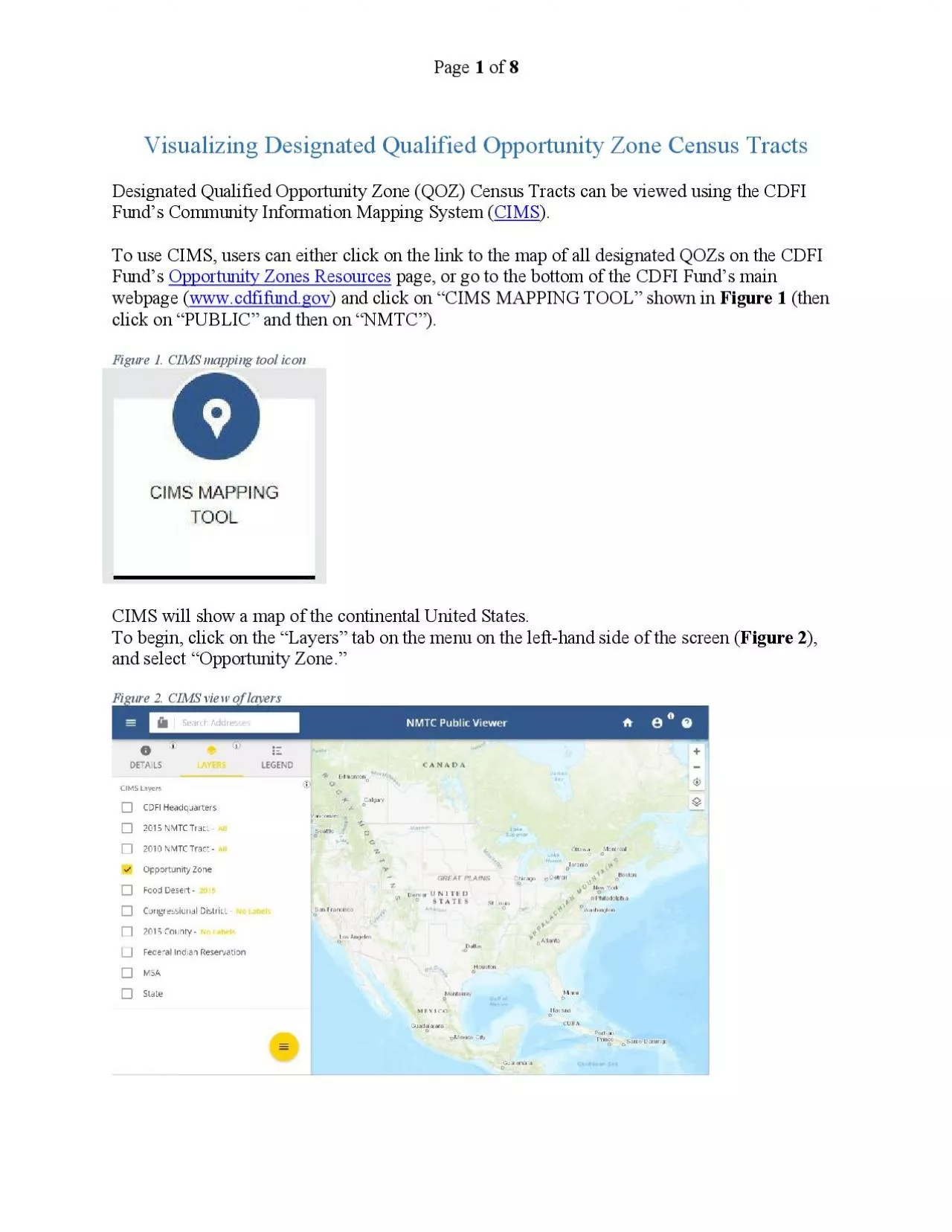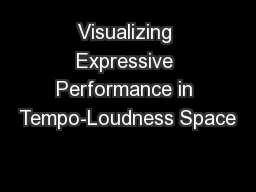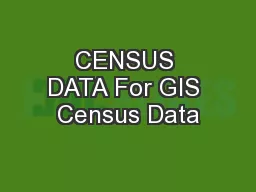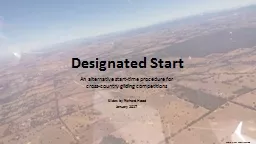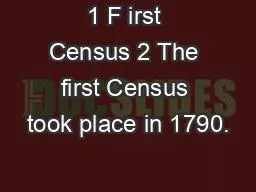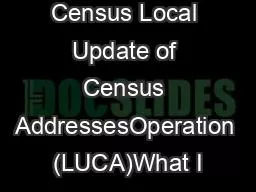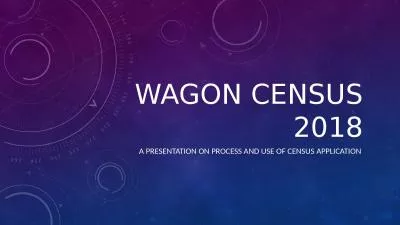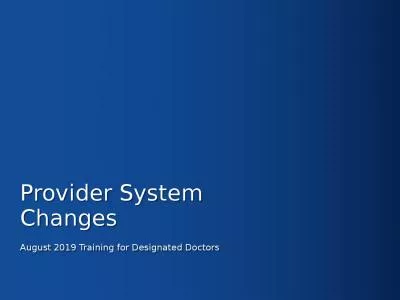PDF-Visualizing Designated Qualified Opportunity Zone Census TractsDesigna
Author : tracy | Published Date : 2021-09-25
Page 1of 8To use CIMS users can either click on the link to the map of all designated QOZs on the CDFI Fund146s Opportunity Zones Resourcespage or go to the bottom
Presentation Embed Code
Download Presentation
Download Presentation The PPT/PDF document "Visualizing Designated Qualified Opportu..." is the property of its rightful owner. Permission is granted to download and print the materials on this website for personal, non-commercial use only, and to display it on your personal computer provided you do not modify the materials and that you retain all copyright notices contained in the materials. By downloading content from our website, you accept the terms of this agreement.
Visualizing Designated Qualified Opportunity Zone Census TractsDesigna: Transcript
Download Rules Of Document
"Visualizing Designated Qualified Opportunity Zone Census TractsDesigna"The content belongs to its owner. You may download and print it for personal use, without modification, and keep all copyright notices. By downloading, you agree to these terms.
Related Documents

